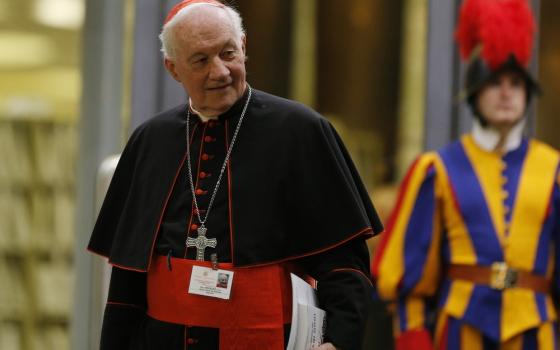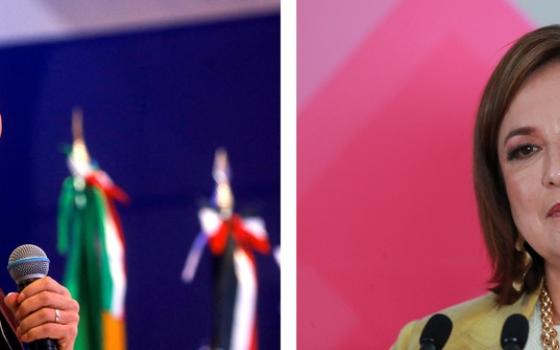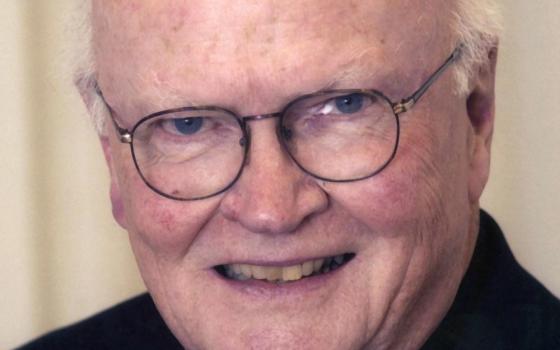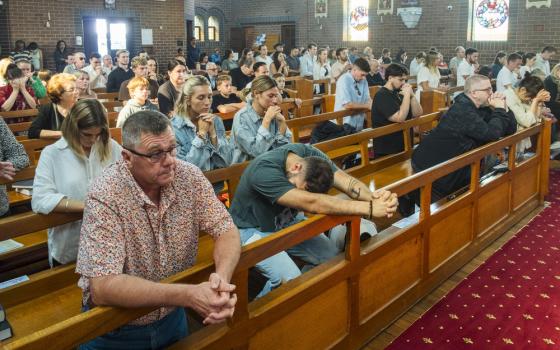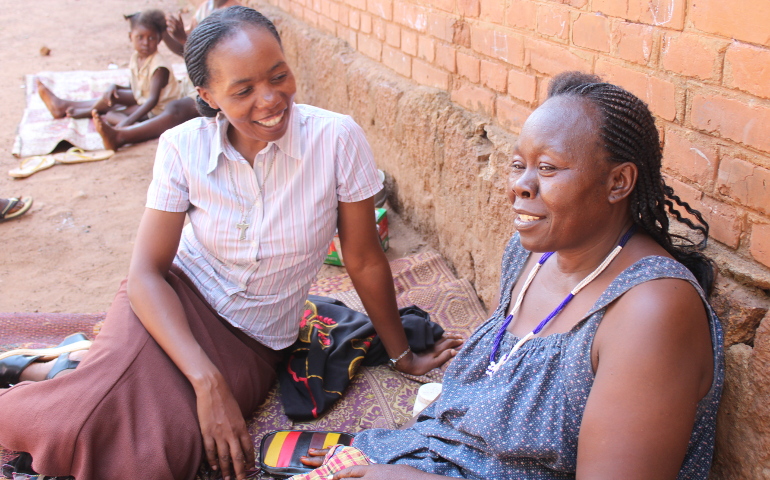
For now, the air in Wau is still. It is largely quiet at night and at day, with gunshots only rarely punctuating a surface calm. But the stillness can't hide tension. It can't hide fear. And it can't hide the mourning of a city still dazed by violence, confusion and anxiety.
The confusion is most apparent on the church-owned grounds adjoining St. Mary Cathedral. Here, thousands of people have found shelter and succor in the last year, fleeing violence that has torn them from their homes and, in many cases, the small plots of land outside of the city that sustained them and their families. The land on the compound, at about 21,000 square feet, is roughly half of the size of a football field.
Most people arrived from violence last June, but new arrivals have crowded into the compound since April. Exact numbers are still hard to come by, but there may be some 18,000 households in the compound, said Fr. Moses Peter, a diocesan coordinator for the Catholic humanitarian alliance Caritas.
"The population taking refuge in the St. Mary's Cathedral compound fluctuates a lot," said Kenyan Sr. Rosemary Oduol, a member of the Franciscan Missionary Sisters for Africa, noting that there have been widely varying headcount numbers.
At the moment, she told GSR, the numbers may be closer to about 8,000 people because some have taken advantage of the rainy season and relative calm to return home, even if only temporarily. As it is, "the compound still has a huge number of IDPs," or internally displaced persons, she said.
The compound is a noisy place, though like other such displacement sites in South Sudan, it has the feel of something permanent, with makeshift shops selling goods as varied as soft drinks and cellphone equipment.
In this respect, the compound shares every bit in common with refugee camps, a fact worth considering today, June 20, the United Nations' World Refugee Day. The United Nations' refugee agency, UNHCR, notes that there are more than 65 million people displaced in the world now — one in every 113 people.

